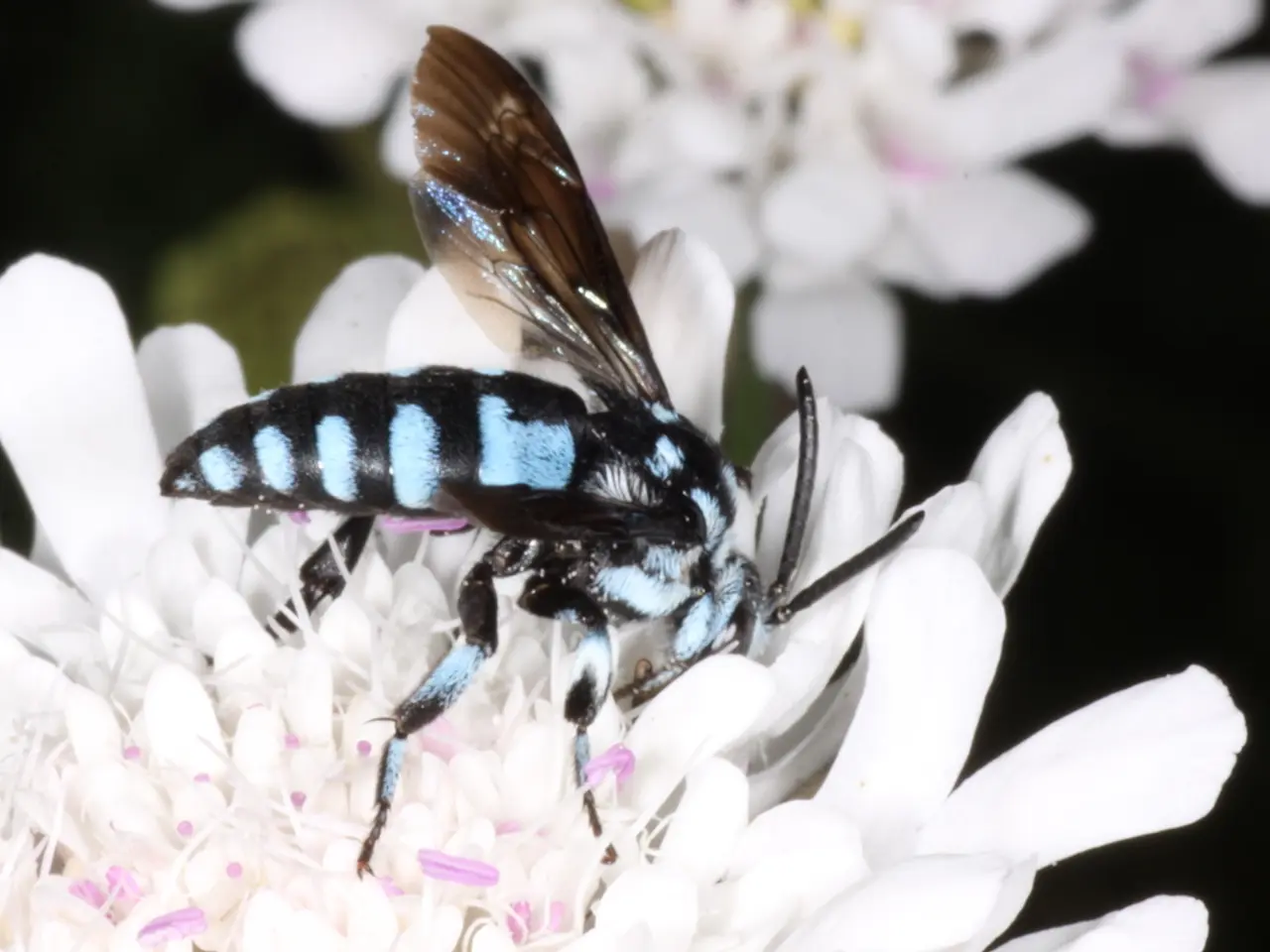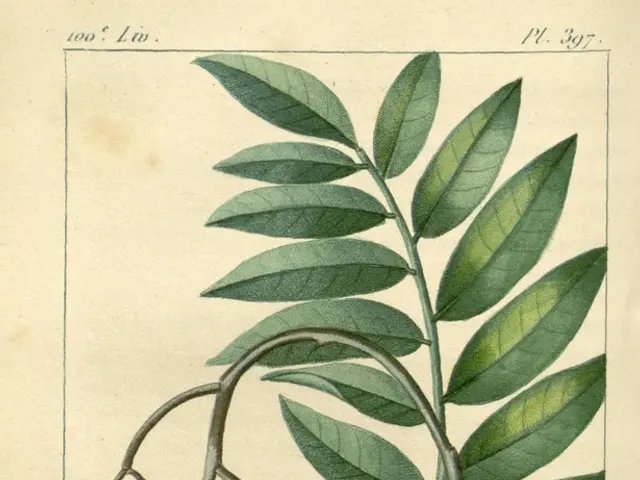Thrips Plague German Gardens: Citrus Trees and Ornamentals at Risk
Gardeners in Germany are facing a common pest issue: thrips. These tiny insects cause significant damage to citrus trees and ornamental plants, with species like Scirtothrips spp. and Heliothrips haemorrhoidalis being particularly problematic. They feed on the underside of leaves, distorting flowers, fruit, and leaves. Spotting signs such as silvering on leaf surfaces, dark droppings underneath, and dark blemishes on flowers can help identify an infestation.
Thrips are small, ranging from 1 to 2mm in length, and have a specialized mouthpiece for feeding. They prefer the underside of leaves and feed on a wide range of plants, including vegetables and flowering plants. Prevention is the best control method, involving regular plant monitoring. Yellow sticky traps can help detect these pests early.
For control, a natural pyrethrum spray can be used on various plants, including trees, shrubs, and vegetables. When spraying, follow the pack's directions and ensure both sides of the foliage are covered. Avoid times when beneficial insects and bees are active to minimize harm to them. Natural predators like ladybirds, lacewing, and predatory mites also help control thrips populations.
In Germany, thrips pose a significant threat to citrus trees and ornamental plants. Early detection using yellow sticky traps and regular monitoring can help manage infestations. Natural pyrethrum sprays and beneficial insects can be used for control, with careful timing to protect pollinators. By staying vigilant and employing these methods, gardeners can effectively combat thrips and protect their plants.







